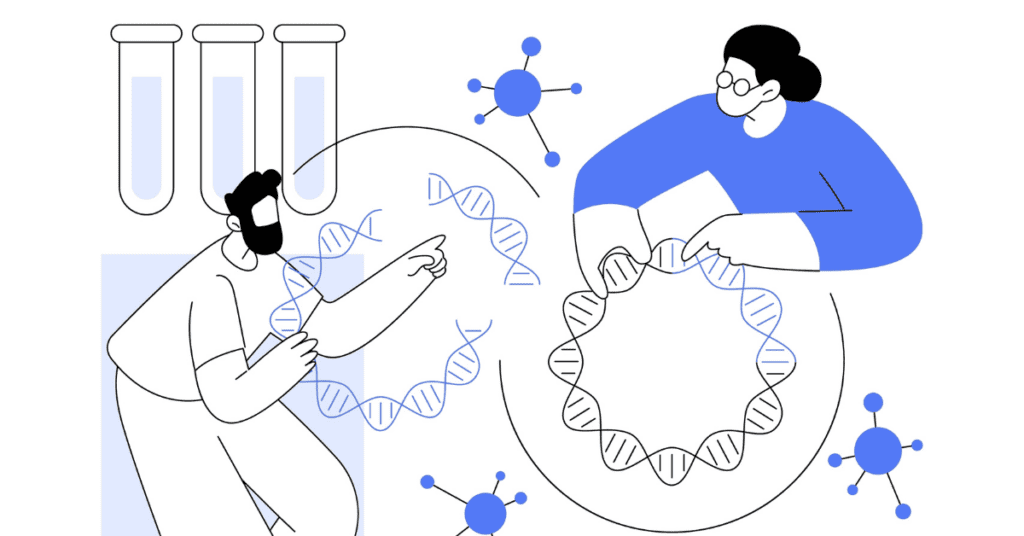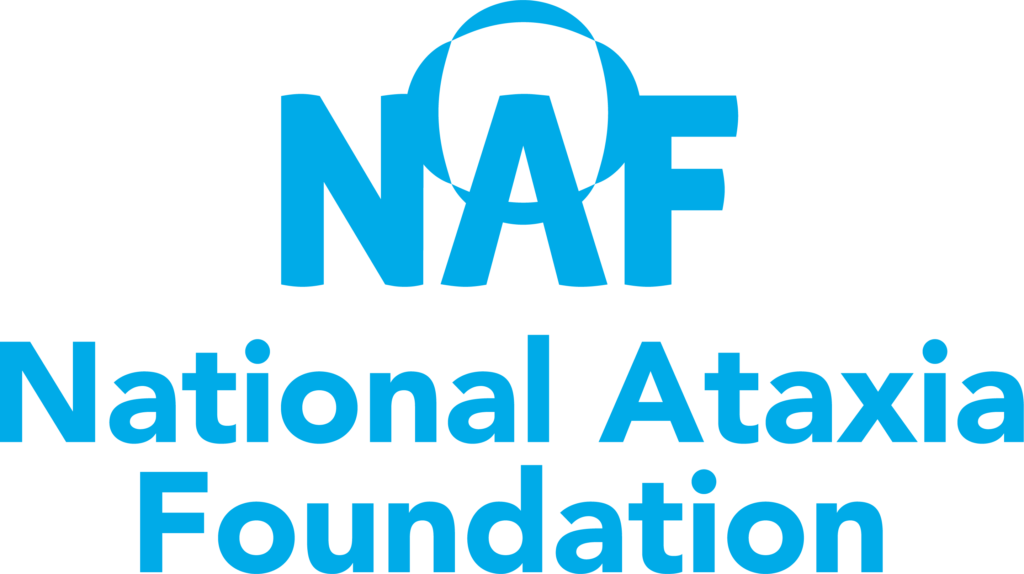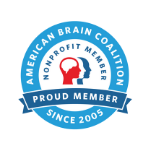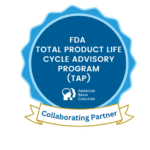
Written by Kaitlyn Neuman
Edited by Sarah Donofrio
Lessons learned from Friedreich’s Ataxia patients and families: Gene therapy, trial participation, and managing expectations.
What is Friedreich’s Ataxia?
Friedreich’s Ataxia (FA) is a rare genetic childhood condition with a variety of symptoms, including trouble with balance, coordination, and a progressive loss of mobility that ultimately leads to wheelchair dependency. While FA mainly affects the nervous system, it can also lead to other complications that affect quality of life and longevity. Importantly, symptoms can vary widely from one person to another.
What is Gene Therapy?
In recent years, there has been growing interest in developing gene therapy treatments for FA. Gene therapy holds promise for halting or even reversing the progression of the disease by delivering healthy copies of the FA gene to affected tissues. Researchers are exploring different delivery methods that target one specific tissue at a time to address symptoms of FA. However, determining which symptoms to target first remains a central question.
Insights into FA Gene Therapy Trial Design
The design of gene therapy trials is evolving to address factors like the delivery method, safety concerns, and inclusion/exclusion criteria. Patients’ fears about early-stage trials, especially the first-in-human trials, must also be considered. In a 2023 study, Lieschke and their collaborators explored the attitudes and perspectives towards gene therapy of individuals with lived experience of FA. This study recruited a sample of participants who were 15 years and older with FA and parents of affected children aged 4-12 years. Participants were grouped based on their mobility status. Through open-ended discussions and educational interventions, researchers uncovered six key themes that shed light on participants’ views and concerns about gene therapy:
- “…limited [gene therapy knowledge] and the desire for information”
Participants had a strong understanding of FA and clinical trials. However, there was a knowledge gap when it came to gene therapy topics, particularly its capacity to cure disease and delivery methods. Many participants sought information from either online sources (for convenience) or their clinical teams (highly trustworthy) and were interested in learning more. While most participants felt that this information aligned with what they already knew, some were surprised by the limited ability of gene therapy to reach only one tissue at a time. Understanding the information-seeking behaviours of individuals with FA is essential for developing educational resources that meet the community’s needs.
- “‘Probably very impatient’—expectations and the hope of [gene therapies]”
Diverse expectations for gene therapy were expressed, ranging from hopes of a complete cure to more modest goals of halting disease progression. Parents of children with FA often felt a sense of urgency, whereas individuals with FA were generally more focused on stopping disease progression. Learning how gene therapy can target only one tissue at a time led to strong emotional reactions, with some participants feeling less hopeful. Overall, this raises the importance of managing expectations and providing comprehensive education about gene therapy to those affected by FA.
“What I’d like to think could happen is that it could potentially cure the disease… it could possibly have a huge benefit, because [child] is still pretty fit and healthy”—Parent of child with no mobility aid.
“the way I look at it is, don’t set your sights too high. If by some miraculous thing, there was a cure… that’s fantastic. But that’s probably not going to happen. My personal view is, if anything can slow it down or stop it, well that would be brilliant”— FA patient with wheelchair.
- “Immediate concerns dictate preferred therapy targets”
Problems relating to the brain, like mobility and balance, were identified as important targets for gene therapy to improve the quality of life in patients, aligning with previous research that showed the significant impact of these symptoms on daily life. However, participants mentioned that their priorities might change as their disease progresses. From these statements, we learn the importance of considering the stage of the disease and its symptoms when designing future clinical trials for gene therapy.
“Ask us what we’d most like you to focus on… It’s very easy as an able-bodied outsider without FA to kind of assume what’s most important to someone with FA. But, at different stages of my, I guess, degeneration, I prioritise different things”—Patient with FA, transitioning from aid to wheelchair.
- “‘I don’t want to do it and then get it mucked up’—risk aversion and avoiding getting worse”
Some participants expressed concerns about the potential risks associated with gene therapy. Patients who relied on wheelchairs for mobility seemed to have come to terms with their progression, feeling they had reached a point of stability in managing their condition. As a result, this group was the most reluctant to take risks that could worsen their condition. In contrast, individuals in earlier stages of FA were more willing to accept risks if it meant avoiding disease progression and benefiting the broader community. As FA progresses, individuals may become more reconciled with the limitations imposed by the disease, since they are more experienced with management techniques. These feelings of placation complicate their willingness to participate in trials and risk worsening the condition.
“I manage at the moment, if I was to get any worse, it would be a lot harder for me…I still walk short distances… I don’t really want to get to a point where I’m much worse”— Patient with FA, transitioning from aid to wheelchair.
- “Children—it is more complicated with them”
The decision to include children in gene therapy trials is complicated. Participants in the study were concerned with two main ideas: the risks of excluding children from trials for treating a disease that often first manifests in childhood, as well as any long-term consequences. The parents were more optimistic about including their children than individuals affected by FA. However, the idea of making decisions on behalf of their child caused discomfort among parents. Concerns were also raised about the ability of children to understand the benefits and risks of treatment when being included in the decision to participate.
- “Participation opportunities should be ethical and equitable”
Multiple individuals said they would be willing to participate in gene therapy trials if they had the information to make a well-supported decision. About half of the group believed that adults should participate in valid and safe trials while suggesting that the age and capability to consent should limit a child’s ability to participate. Concerns about getting a control treatment with no active drug (called a placebo) and the potential need to discontinue other medications played a role in the overall desire to participate in clinical trials.
Closing Thoughts
This study raised concerns about gene therapy effectiveness, repeated dosing, targeted delivery, and the associated risks, demonstrating the crucial role of education in ensuring informed consent among participants. Efforts should be made to ensure the FA community has access to trusted and reliable sources of information to support their decision-making processes. Thankfully, the community can rely on resources like SCAsource, a valuable platform for ongoing research efforts and facilitating community engagement about effective therapies.
Key Words
Delivery Methods: How a treatment is transported to the right place in the body. A delivery method could involve direct injections or using tiny carriers called vectors.
First-In-Human Trials: Typically, the first clinical study in humans where safety and dosing are tested.
Placebo: A “treatment” with no therapeutic effect used in clinical research. The effects of the actual treatment are compared to any effects of the placebo to determine whether the treatment is effective.
Conflict of Interest Statement
The author and editor have no conflicts of interest to declare.
Citation of Article Reviewed
Lieschke., K. et al., How Great a Risk Do You Take? A Qualitative Study Exploring Attitudes of Individuals with Friedreich Ataxia Toward Gene Therapy. Human Gene Therapy, 2023. 34(19,20):1041-1048. https://doi.org/10.1089/hum.2023.088
Read Other SCAsource Summary Articles

Spotlight on Glia in Spinocerebellar Ataxia Type 1
Written by Marija Cvetanovic, PhDEdited by Spyros Petrakis, PhD Researchers from Yale provide evidence that glial cells, in particular Bergmann glia in the cerebellum, may contribute to disease pathogenesis in Read More…

El daño en el ADN está vinculado a la muerte neuronal en SCA7
Escrito por Dr. Hannah K Shorrock Editado por Dr. Celeste Suart Traducid por Ismael Araujo Aliaga La acumulación de daño en el ADN sin ser reparado provocaría una cascada de efectos negativos Read More…

Thinking about Family: Views of People with Spinocerebellar Ataxias on Reproductive Health
Written by Celeste Suart, PhDEdited by Eder Xhako A survey conducted by French researchers examines how people impacted by Spinocerebellar Ataxia view different reproductive health options and sharing information with Read More…










